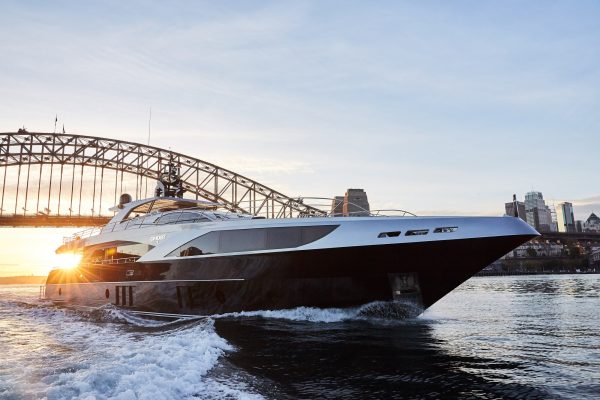Wakesurfing has swept the water sports world by storm, enthralling fans with its thrilling fusion of wakeboarding and surfing. You’re not the only one intrigued by the thought of smoothly gliding through the wake without a tow rope. Riders of all skill levels can find a fun and satisfying challenge in wakeboarding.
This in-depth blog will guide you through the necessary stages to master wakeboarding and advance your abilities to those of the experts. These pointers can assist you in improving and competing against the greatest riders, whether you’re a total novice or an intermediate rider seeking to advance your skills.
Table of Contents
What is Wakesurfing?
Wakesurfing is a water activity involving being towed along at a slow speed while riding a surfboard on the wake or wave a boat makes. Wakesurfing takes place on a body of water with a specialized boat that creates a continuous and surfable wave, in contrast to traditional surfing, where the rider catches ocean waves.
The wake surf boat is usually a specially constructed vessel with features intended to produce a surfable wake. Adding weight to the boat and modifying the wake with trim tabs and ballast systems produces a long, smooth, and surfable wave.
Initially, a tow line pulls the rider behind the wake boarding boat. Once in position, the rider lets go of the tow rope and uses the boat’s wake to propel themselves, enabling them to surf unrestrictedly and untethered. Compared to more conventional watersports like wakeboarding or waterskiing, wakesurfing is frequently done at very slow speeds (usually between 9 and 14 miles per hour).
Like ocean surfing, wakesurfing allows riders to engage in various maneuvers, stunts, and jumps on the wave’s face. Surf-style or skim-style boards, which are smaller and more agile, can be used by surfers to ride the wave.
As long as the rider remains in the wave’s sweet spot, they can enjoy an unending wave ride without waiting for a passing boat, which is one of wakesurfing’s main appeals. This also makes it possible for a more social experience, as friends and family can cheer on the rider and create a fun environment in the boat.
-
Start with the Basics
- Choosing the Right Board: Choose a stable, buoyant wakesurf board appropriate for beginners. For beginners, larger boards with soft foam structures work best.
- Boat Set-Up: Make sure your boat has trim tabs and ballast systems to produce a wake that can be surfed. Weight the boat appropriately to adjust the wake to your riding preferences.
- Safety First: Always put safety first. Have an authorized spotter on board and wear a properly fitted life jacket while wakeboarding.
-
Mastering the Fundamentals
- Proper Stance: Learn how to stand with your front foot near the board’s nose and your back foot tilted slightly toward the boat.
- Ropeless Riding: Gradually use only the boat’s wake as propulsion instead of the tow rope. You can control where you are on the wave by using your body and feet.
- Weight Shifting: To regulate your speed and position on the wake, practice moving your weight forward or backward on the board.
- Edge Control: Learn the skills of edging and carving to steer and keep your balance when surfing.
-
Progressing to the Intermediate Level
- Transition to a Smaller Board: Change to a smaller wakesurf board as your abilities advance for greater agility and responsiveness.
- Learn Basic Tricks: Learn basic maneuvers like surface spins, ollies, and modest grabs. Before attempting more difficult maneuvers, concentrate on perfecting each trick.
- Experiment with Aerials: Keep safety in mind as you practice aerial maneuvers like grabs and 180-degree spins.
-
Advanced Techniques for Pro-Level Wakesurfing
- Seek Expert Coaching: To perfect your technique and master advanced techniques, enroll in wakesurfing seminars or ask for advice from experienced wake surfers.
- Video Analysis: Keep track of your surf boats and review them to find areas that need improvement. Be mindful of your body’s alignment, balance, and trick execution.
- Participate in Competitions: Take advantage of the chance to compete in regional wakeboarding competitions. In addition to providing a challenge, competing will introduce you to a supportive wakesurfing community.
- Develop Your Style: Infuse your personality and creativity into your tricks and maneuvers to stand out.
Bottomline
The exhilarating route to wakesurfing mastery and professional competition calls for commitment, practice, and a love of the sport. You’ll develop the abilities and self-assurance necessary to ride alongside the top riders by laying a solid foundation, learning the fundamentals, and moving through the intermediate levels.
To make a name for yourself in the wakesurfing world, look for competent coaching, participate in competitions, and refine your style. Wakesurfing is about enjoying the rush of riding the wave and pushing your limitations as a rider, not only about winning competitions, so keep that in mind. Take your board and hit the water to start your wakeboarding journey!





